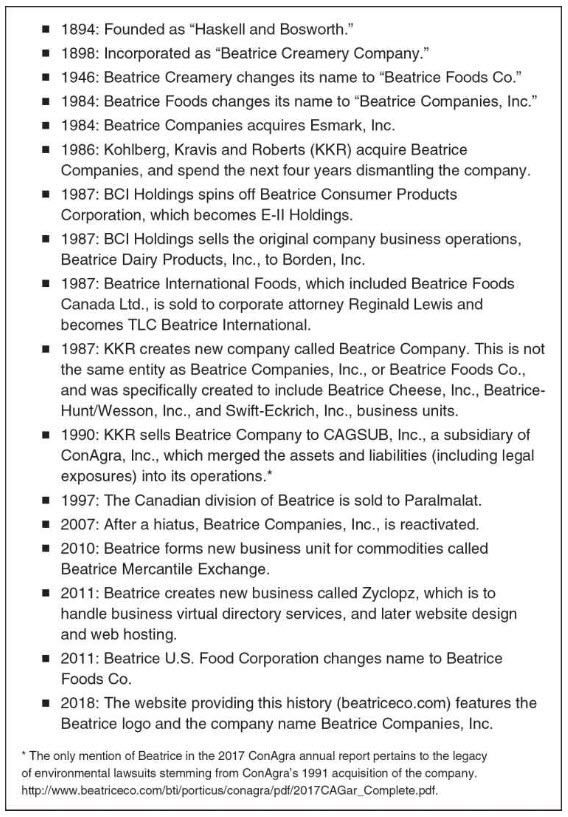Figma’s CEO, Dylan Field, Laments Demise of His $20 Billion Adobe Deal
Among the several deals that have fallen apart recently, Adobe’s $20 billion takeover of Figma, an upstart design software maker, is among the most instructive.
The companies had promised it was a way to “usher in a new era of collaborative creativity,” but regulators in three jurisdictions saw it as an unacceptable effort by a software giant to buy a promising future rival. To Dylan Field, Figma’s chief executive, that contrast underscored a fundamental divide between how businesses and regulators think of competition.
“It’s frustrating and sad that we’re not able to complete this,” Mr. Field said in his first interview since companies announced its demise on Monday.
The deal’s end is another feather in antitrust enforcers’ caps. Both the European Commission and Britain’s Competition and Markets Authority were preparing to formally challenge the transaction. (Just hours before the companies announced that the deal was dead, the C.M.A. said Adobe had refused to offer remedies to satisfy concerns.) The Justice Department — which met with Adobe and Figma representatives last week — had been weighing whether to oppose it as well.
“It is important in digital markets, as well as in more traditional industries, to not only look at current overlaps but to also protect future competition,” Margrethe Vestager, the head of the European Commission’s competition policy, said after the deal’s demise was announced.
Regulators had a major concern: Would allowing Adobe to buy Figma eliminate a future competitor? To some, the deal was analogous to Facebook buying Instagram in 2012. That concern has also underpinned other enforcement efforts, including those against Microsoft’s takeover of the gaming company Activision Blizzard and Meta’s acquisition of the virtual reality start-up Within. (Both of those deals closed.)
Mr. Field argued repeatedly that the deal would have enabled his company to create more offerings, but said on Monday that “ultimately there is some gap between how regulators understand our business and how we understand our business.”
By the weekend, it became clear the deal couldn’t succeed. In recent weeks, “we both have seen how the path has been narrowing,” Mr. Field said, and abandoning the transaction would provide more clarity and certainty to employees and customers.
In hindsight, Mr. Field said that the enforcement climate was different now than when the companies announced their plan in September 2022.
Regulators’ opposition to the Adobe deal means that Figma probably won’t be able to find another buyer, Mr. Field acknowledged, and the company would remain independent. He added that Figma had continued to expand during the past 15 months, more than doubling its work force to 1,300 and acquiring Diagram, an A.I.-based start-up.
For Adobe, it will have to pay a $1 billion breakup fee to Figma. (Adobe’s investors weren’t put off: The company’s shares closed 2.5 percent higher on Monday.)






